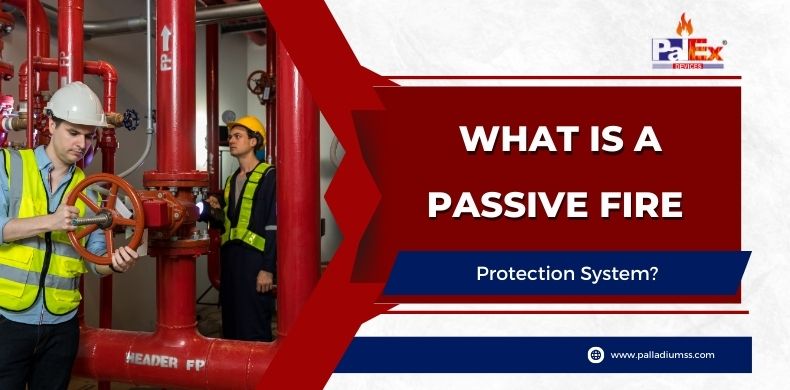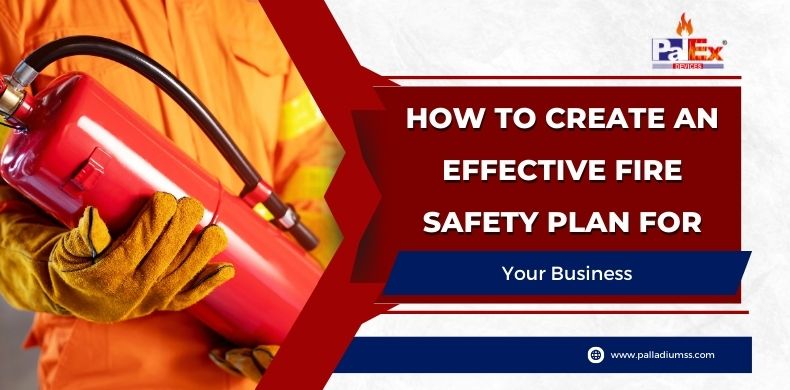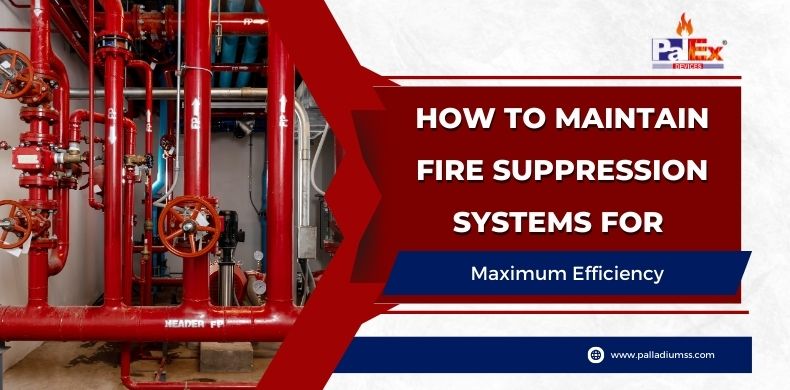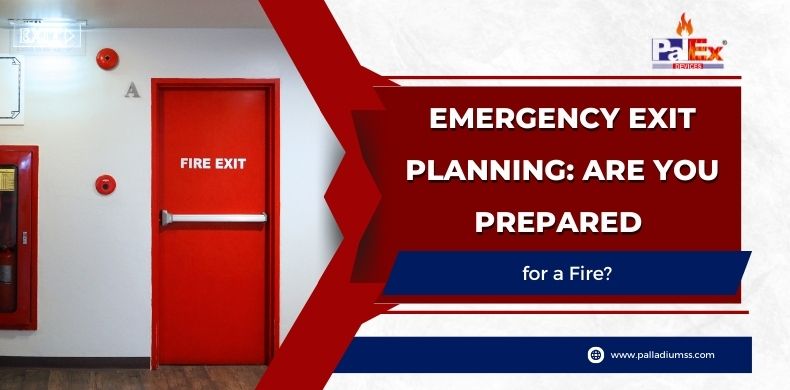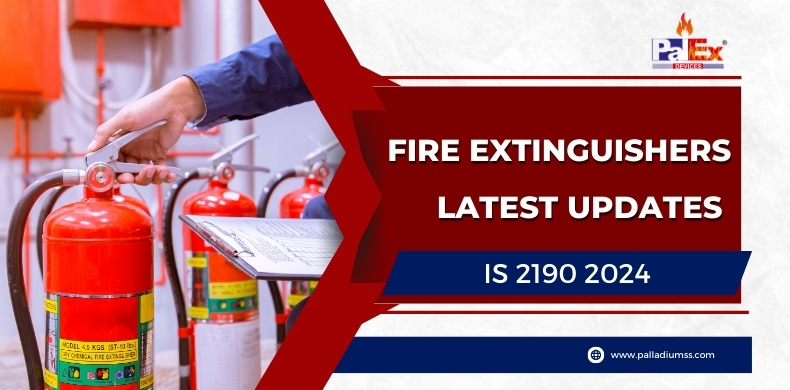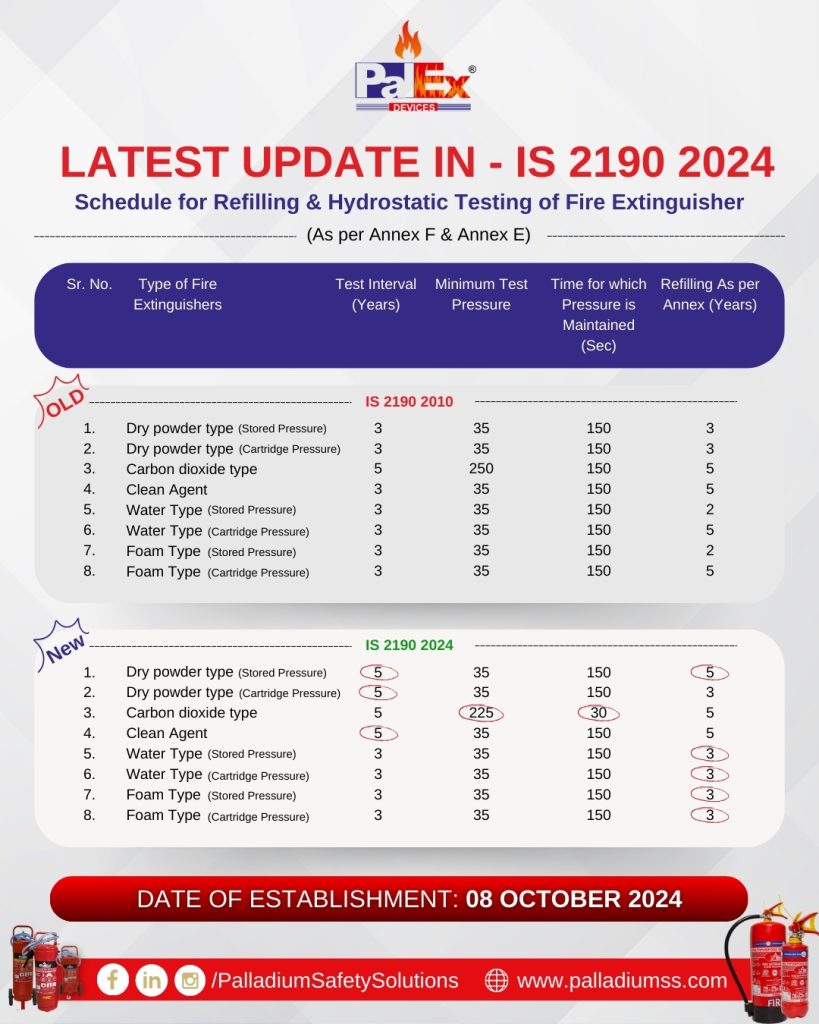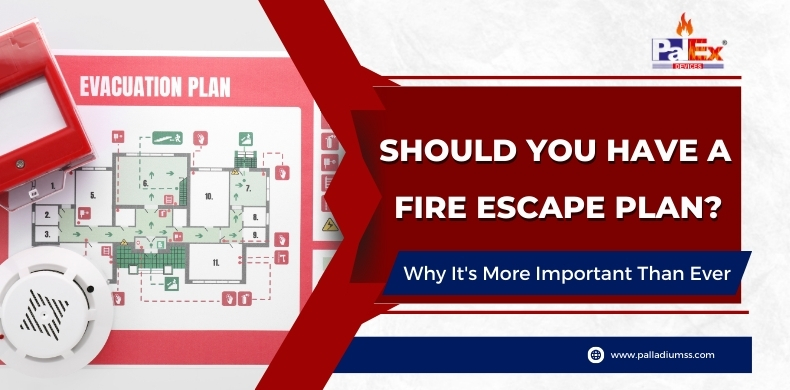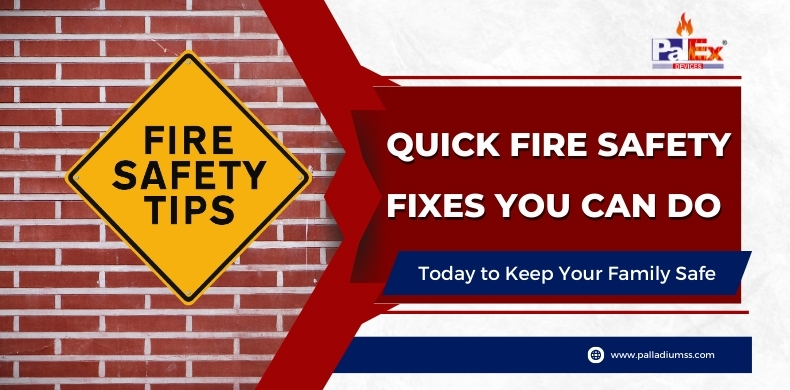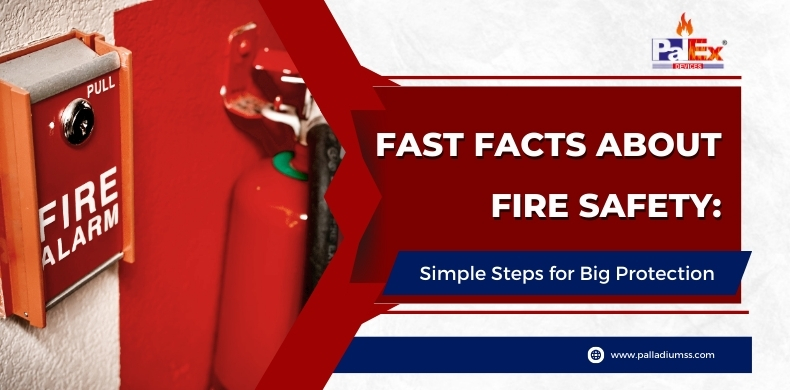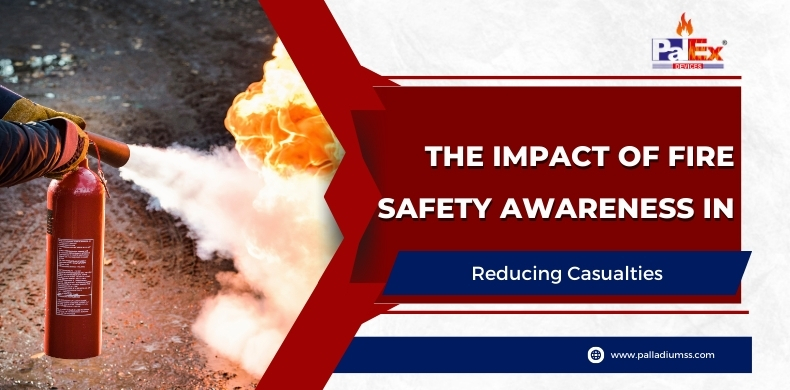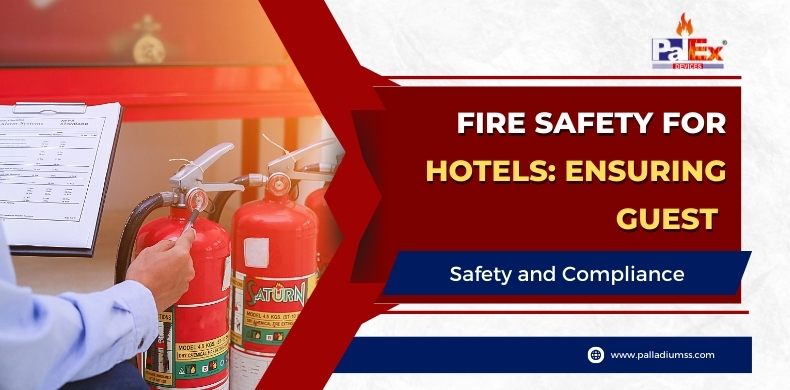Protection of fire in a passive way is very important for the safety of buildings. It always works and does not need to be turned on when there is an emergency from fire. This type differs from active systems such as sprinklers or alarms, it is built into the building’s frame with plans about stopping fires and preventing them from growing bigger – this helps to save people’s lives and their belongings.
Core Components of Passive Fire Protection
The basic part of all passive fire protection systems has walls, floors and ceilings that resist fire. They make separate areas inside buildings. For these physical barriers, we use materials judged to endure the effect of a fire for a certain duration – mostly from 30 minutes up to 4 hours. This gives important time for people in the building to leave it safely.
Doors that resist fire, dampers and penetration seals make up another important layer of safety. All these parts keep the strength of barriers against fire where there are openings for utilities like doorways or systems for ventilation, stopping smoke and flames from moving between compartments.
Also read : 6 Reasons to Hire Fire Protection Company For your Property
How Passive Fire Protection Works
Passive fire protection operates in a variety of ways all at once. To start, it restricts fires where they begin, thus confining damage to an exact zone. Next, during a fire event, it keeps the structure intact which avoids or puts off building fall down and safeguards paths for leaving the premises.
Thirdly, it limits the movement of smoke, which is frequently more instantly risky than fire itself. Lastly, it provides important extra time for the emergency team to reach and put out the fire before it can expand all over the whole building structure.
Regulatory Requirements and Standards
The regulations of buildings around the globe require certain passive fire protection rules, which depend on the type and size of building as well as its occupancy and height. Usually these guidelines refer to standards set by groups such as ASTM, UL or NFPA that define how tests should be carried out and what performance levels should be achieved.
You must follow these rules—it’s law and often checked. If passive fire protection is not kept in good condition, you will face fines, difficulties with insurance and most critical of all, avoidable disasters could happen.
Also read : 4 Possible Ways Your Fire Protection System
Maintenance and Inspection
Even though passive systems do not need any power or activation, they however require constant checks and maintenance. Due to changes in the building structure over a period of time, wear and tear or incorrect repairs may weaken fire barriers. It’s necessary that competent inspectors should frequently ensure all parts are still unbroken and perform their functions properly.
All essential passive fire protection elements must be correctly documented. This is crucial for upholding compliant systems and helping in the planning of an effective emergency response.
Related blogs :
Understanding Fire Protection and Fire Suppression Systems: Safeguarding Lives and Property
Evaluation Factors to Choose the Top Fire Protection Companies
Fire Protection – An Underrated Concept
Safeguarding India’s High-Risk Industries with Unparalleled Fire Safety Solutions

